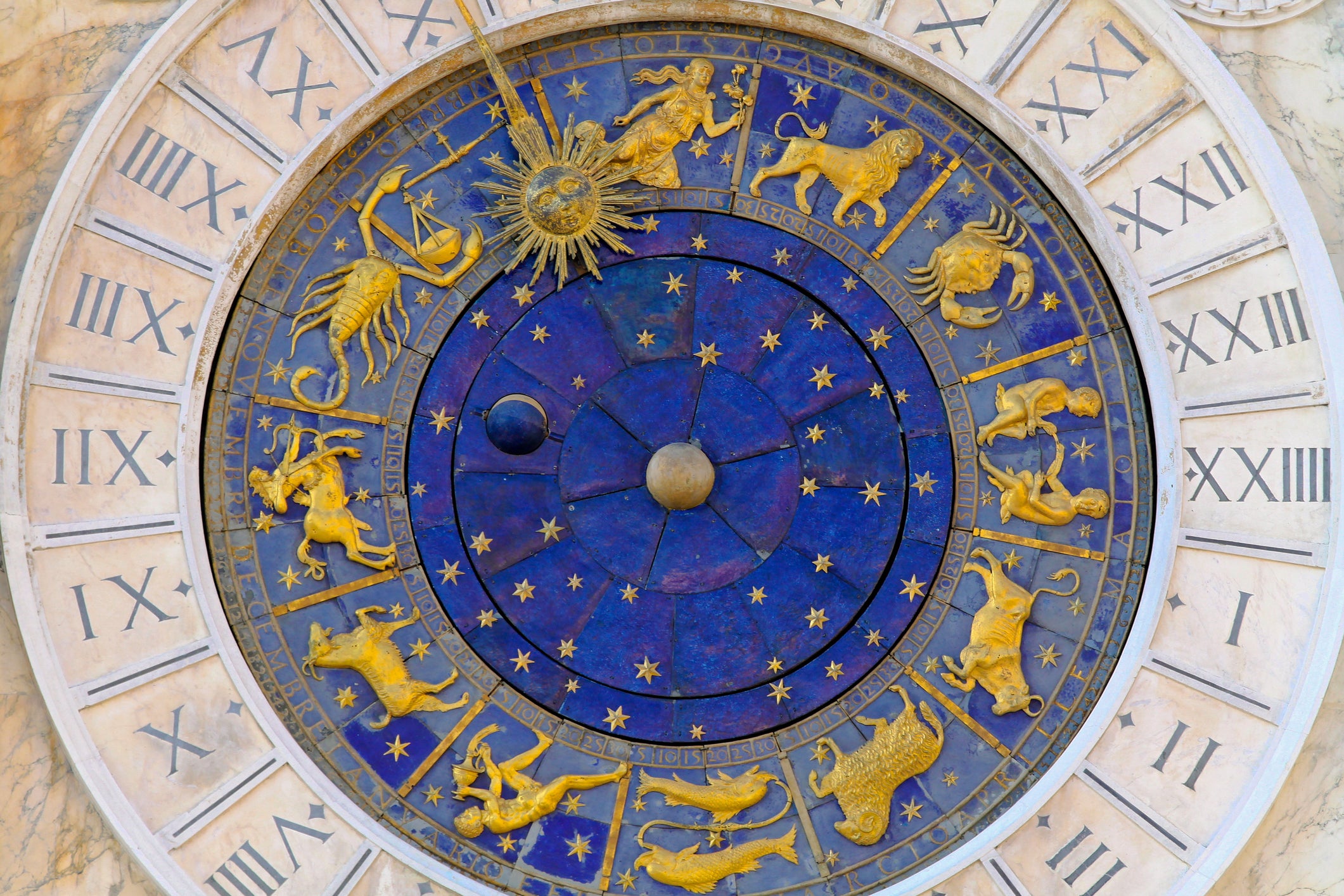Clocks have been a part of human civilization for thousands of years, serving as not only a functional timekeeping device but also as a work of art. Antique clocks, in particular, are highly sought after for their beauty and craftsmanship. These timepieces often display a variety of symbols and markings that can be quite perplexing to the untrained eye. However, with some knowledge of the language of clocks, it is possible to decode these symbols and gain a deeper understanding of these fascinating pieces.
One of the most common symbols found on antique clocks is the sun. The sun symbolizes the passage of time and is often depicted with a human face. This represents the movement of the sun across the sky, which was used to measure time before the invention of mechanical clocks. The sun's position on the clock dial can also indicate the time of day, with the top of the dial representing noon and the bottom representing midnight.
Another common symbol found on antique clocks is the moon. The moon represents the night time and can be seen as a compliment to the sun. Like the sun, the moon is often depicted with a human face and its position on the dial can indicate the phase of the moon.
A third symbol commonly found on antique clocks is the star. Stars symbolize the heavens and are often used to represent the nighttime sky. They can also symbolize the celestial bodies that govern the movement of time such as the sun, moon, and planets.
In addition to symbols, antique clocks often feature a variety of markings that can provide insight into the origin and date of the timepiece. One such marking is the maker's mark, which is a unique signature or stamp that identifies the clockmaker responsible for creating the timepiece. This marking can often be found on the clock dial or movement.
Another important marking to look out for is the serial number. This number is usually located on the back of the clock case and indicates the specific number assigned to the timepiece by the manufacturer. Serial numbers can be used to track the history of a clock and determine its age.
Lastly, there are often markings that indicate the country of origin or the manufacturer's trademark. These markings can provide valuable information about the clock's provenance and help determine its value.
Decoding the symbols and markings on antique clocks can be a rewarding endeavor that allows for a deeper appreciation of these beautiful timepieces. By understanding the language of clocks, collectors and enthusiasts can gain insight into the history and craftsmanship of these valuable artifacts. So next time you come across an antique clock, take a closer look at the symbols and markings – you may uncover a fascinating story hidden within.


